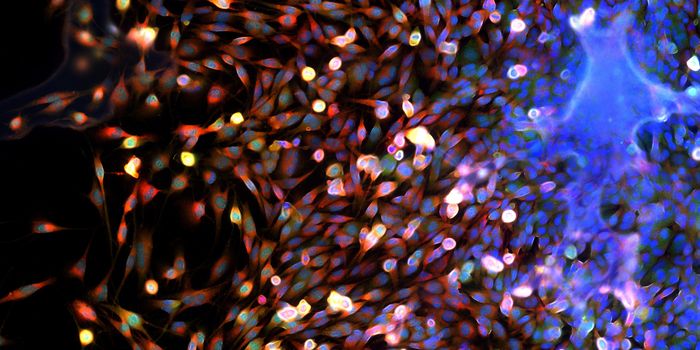Bacteria can Strategically Share Resources
A strategic sharing of resources is a common feature of many different kinds of communities, even throughout the animal kingdom. Scientists have now found evidence for sharing among bacterial communities. Reporting in Science, researchers at the University of California San Diego have discovered that if bacterial groups have a limited energy resources, they will alternate times in which the different groups harvest the energy.
"What's interesting here is that you have these simple, single-celled bacteria that are tiny and seem to be lonely creatures, but in a community, they start to exhibit very dynamic and complex behaviors you would attribute to more sophisticated organisms or a social network," said Süel, Associate Director of the San Diego Center for Systems Biology and a Howard Hughes Medical Institute - Simons Faculty Scholar at UC San Diego. "It's the same timesharing concept used in computer science, vacation homes and a lot of social applications."
Working in collaboration, molecular biologist Gürol Süel of UC San Diego's Division of Biological Sciences and colleagues from the Universitat Pompeu Fabra in Spain observed the behavior of communities of bacteria that had to compete for a limited amount of food. The investigators demonstrated that bacteria are able to devise a timesharing method that alternates feeding periods, thus consuming the resources in the most efficient way for both groups.
In the video above, reported in the journal Science by the Süel lab, you can see a time-lapse movie of in-phase oscillations in a pair of Bacillus subtilis biofilms that have been grown together in a microfluidic chamber. The cyan color indicates fluorescence from the membrane potential dye Thioflavin T.
Süel and his team have previously learned that bacteria living in an ordered community called biofilms, utilize electrical signals to communicate with other bacterial species that are nearby; the local bacteria can be recruited into the community. This new study examines the interaction between two biofilm communities. By using mathematical models and data collected in the lab by microfluidic techniques and time-lapse microscopy, the scientists discovered that biofilm communities close to one another engage in synchronized behaviors using the previously described electrical signals. You can see another Süel lab video of the biofilms below showing the oscillations between them.
The biofilms were confronted with scenarios in which they had a limited amount of nutrients; the bacteria then alternated their feeding times. That cooperation stopped any bottlenecks in the drive to consume the resources.
"It is common for living systems to operate in unison, but here we're showing that working out-of-sync can also provide a biological benefit," explained study co-author Jordi Garcia-Ojalvo, a Professor of Systems Biology at the Universitat Pompeu Fabra in Barcelona, Spain.
"These bacteria are just about everywhere—from your teeth to soil to drain pipes," said Süel. "It's interesting to think that these simple organisms two billion years ago developed the same timesharing strategy that we humans are now using for all kinds of purposes," he concluded.









